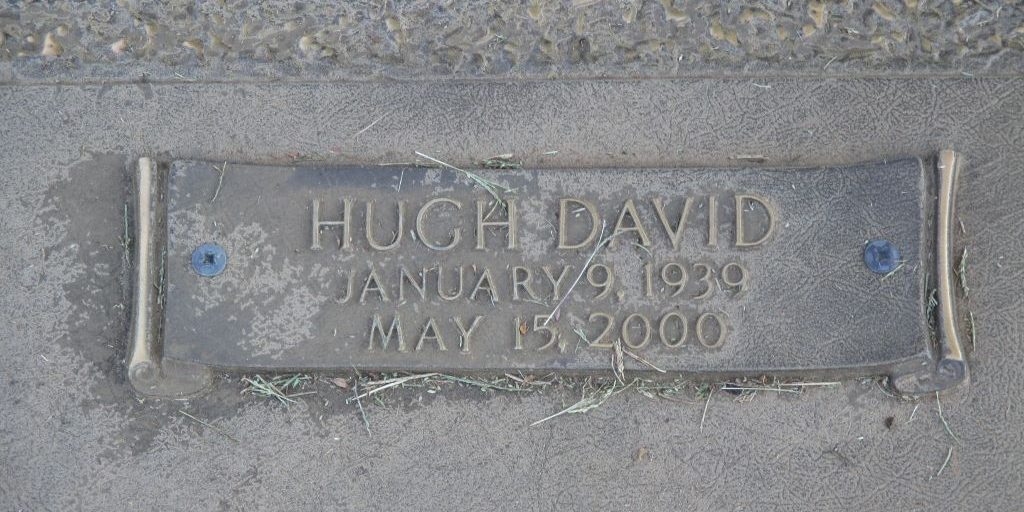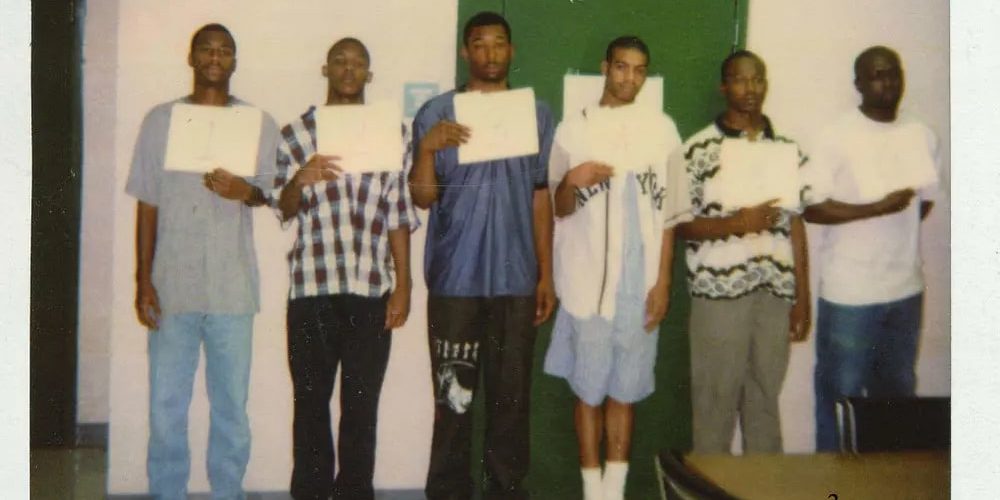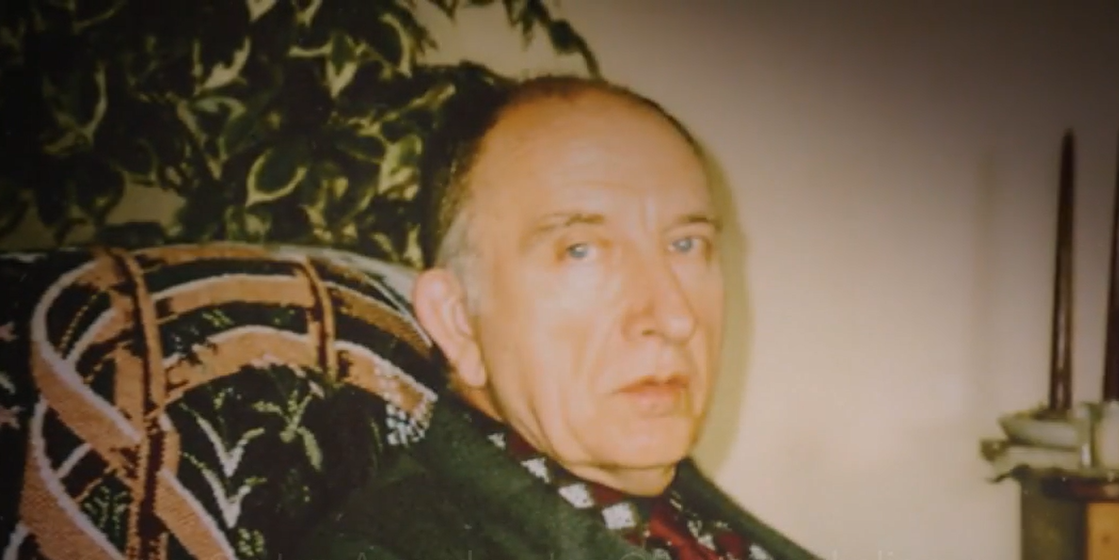During his early morning newspaper delivery route in New Albany, Mississippi in 2000, Hugh Pernell was shot by someone in a car that pulled up alongside his. Charles Rice, a resident in the area, witnessed the shooting and was able to identify the shooter. The episode ‘New Albany, Mississippi’ from the second season of AMC+’s ‘True Crime Story: It Couldn’t Happen Here’ delves into the trial that followed and the legal and social questions that the case has plagued the case for years.
Hugh Pernell was Shot in His Car
Hugh David Pernell, born on January 9, 1939, in New Albany, Mississippi, was the son of Samuel Agnew and Lula Belle Heath Pernell. He spent his entire life in the same area and married Gay Nance Pernell, with whom he raised three children. Hugh was highly regarded and served as a deacon at the local Presbyterian church. He worked as a newspaper delivery man for New Albany to support his family.

On May 15, 2000, 61-year-old Hugh was conducting his usual newspaper delivery route in New Albany’s Northside neighborhood when a car intercepted him. A man exited the vehicle, approached Hugh’s driver’s side window, and shot him in his chest. The neighbors alerted the police, but by the time they arrived, the perpetrators had fled, leaving Hugh deceased. This shocking incident deeply unsettled the community, which had previously enjoyed a peaceful atmosphere free from such violent crimes.
A Neighbour Identified Hugh Pernell’s Killer
One of the neighborhood’s residents, Charles Rice, informed the police that he had witnessed three men in an Oldsmobile Cutlass intercepting Hugh Pernell during his newspaper delivery. One of the men exited the vehicle and fired the fatal shot. According to his account, the shooter was described as a tall African American man. Although shell casings were discovered near Hugh’s body, there was limited evidence to pursue. Acting on a tip, law enforcement visited the residence of 19-year-old Curtis Lipsey, suspected to be involved in the shooting, but he was not present at the time.

Shortly after, Lipsey entered the police station alongside another individual, 19-year-old Adam Ray. They confessed to law enforcement that on the morning of May 15, they, along with their acquaintance Marlon Howell, had initiated a robbery attempt. However, the situation escalated unexpectedly when Howell exited the vehicle and fired the fatal shot at Hugh Pernell. Following the shooting, they sought refuge at the residence of Bernard Shaw to regroup and gather their thoughts.
Following the interrogation of Shaw, his account aligned with the statements provided by Lipsey and Ray. He added that the three men had gone into his backyard, and when the police searched the area, they found the gun. He confirmed that on the day of the murder, the men had entered her residence shortly after the incident, discussing their involvement in the shooting. Additionally, law enforcement established contact with Charles Rice, who asserted that he had witnessed the murder and identified Marlon Howell as the perpetrator from a police lineup. By 7:30 p.m. on May 15, 2000, Howell was apprehended by the police and formally charged with capital murder.
Marlon Howell Maintains His Innocence Till Today

Marlon Howell asserted his innocence by stating that he had been in the company of a woman on the night of the murder and had not been present at the scene. He acknowledged being with Curtis Lipsey and Adam Ray earlier in the day but maintained that he had departed from them hours before the crime occurred. Howell’s previous record included a conviction for marijuana possession when he was 17 years old, resulting in a three-month jail sentence. Following his release, he faced financial strain from probation fees, adding to his challenges.
The prosecution argued that Marlon Howell had a motive for the crime, as he needed money for his freedom. Charles Rice’s testimony played a crucial role in the prosecution’s case, as no other alibi was presented for Howell. Consequently, Howell was convicted of capital murder and received a death sentence. Howell maintained his innocence, and his family stayed by his side. However, some believed in Howell’s innocence, including Billy Richardson from Fayetteville, North Carolina. Richardson took up Howell’s case pro bono and began re-investigating the evidence.
Richardson obtained an affidavit from Charles Rice, who confessed that due to poor lighting and the distance from the shooter, his identification may have been mistaken. Furthermore, the police spoke with Brandon Shaw’s girlfriend, Terkecia Pannell, who confessed that only Lipsey and Ray had visited their house on the morning of the murder. Shaw also retracted his statement, stating that Lipsey and Ray were the ones who informed him about the gun’s location. Another woman, Lasonja Gambles, came forward, asserting that Howell was with her at the time of the murder and that police officers had allegedly threatened her to remain silent.
Lipsey also provided a statement asserting that he was coerced into altering his original statement, where he hadn’t implicated Marlon, and was made to write another one accusing the latter of the shooting. The defense stated that Marlon had been denied legal representation at the time of his lineup picture, and the lawyer whose name had been documented denied overseeing the case in his life. In 2008, the Mississippi Supreme Court authorized an evidentiary hearing to assess whether Howell could be granted a new trial. However, the hearing didn’t occur until 2013, and the request for a new trial was rejected.
The original judgment was upheld despite Howell’s lawyers lodging another appeal against the decision. Now 44 years old, he remains incarcerated at the Mississippi State Penitentiary, where he is still on death row. Numerous individuals closely following the case have criticized and alleged racial bias in the original investigation, jury selection, and subsequent judgment. Howell steadfastly maintains his innocence and hopes that one day, he will have the opportunity to be heard in a court of law again.
Read More: Kimberly Pandelios Murder: Where is David Rademaker Now?


You must be logged in to post a comment.